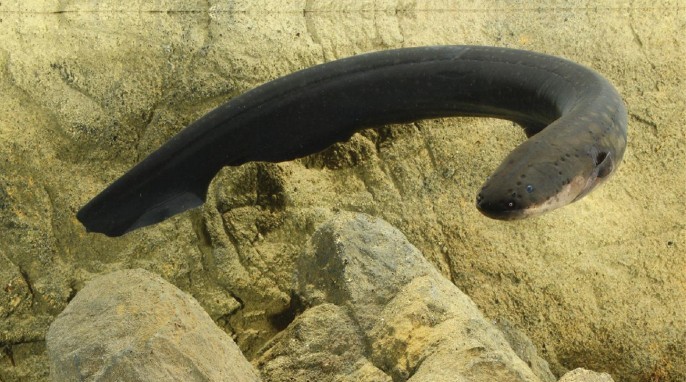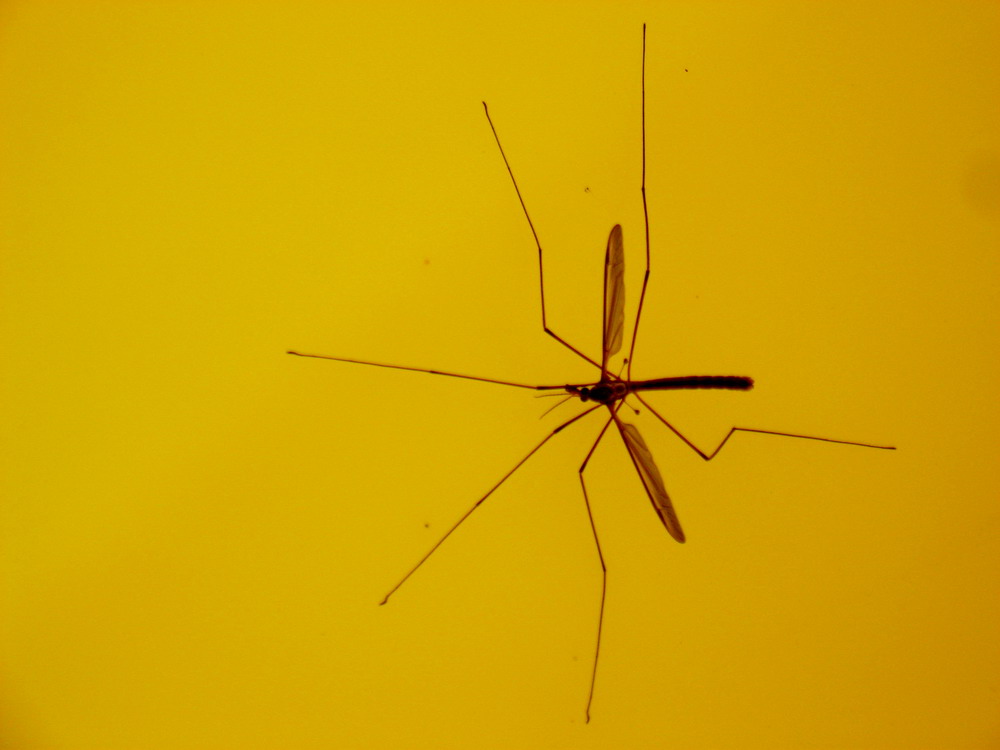Which countries produce the most honey? How much honey does a bee make? We’ve compiled our favorite ten facts about honeybees and honey.
Honeybees and Honey
- Honeybees do not exactly make honey. Instead, they concentrate and thus improve the nectar produced by flowers. The honey we love to eat is nectar that bees have swallowed and condensed for us (and for themselves) to enjoy.
- In the course of her lifetime, one healthy worker bee will produce 1/12th of a teaspoon of honey, without added environmental stress.
- The average American consumes about one pound of honey per year. That’s about 1 1/3 cups.
- To produce one pound of honey, the worker bees in a single hive collectively fly 55,000 miles and gather nectar from about two million flowers.
- In a single foraging trip, a worker bee will visit between 50 and 100 flowers, then return to the hive carrying more than half her body weight in pollen and nectar.
- Working together, a hive of honeybees can make and store up to two pounds of honey in a single day.
- When it comes to honeybees and honey, diverse agriculture is important. A small colony of honeybees needs 35 pounds of honey to survive the winter, so access to diverse crops that bloom at different times of year is critical.
- A honeybee beats its wings 11,000 times per minute (that’s 183 times per second) and flies at an average speed of 15 miles per hour.
- In 2018, China produced the most honey, with production volume amounted to about 447 thousand metric tons of honey that year. As of 2012, China, Turkey, and Argentina were the top producers of honey, followed by Ukraine and the United States.
- Each year, in the United States alone, bees pollinate about 95 crops worth an estimated $10 billion.
More about honeybees and honey
There are many pollinators, including insects, birds, mammals, and more. However, honeybees may be the most important to our food supplies. To a limited extent wind pollination (inefficient in most flowers) and other pollinators can compensate for a lack of bees. In other cases, bees are essential. For example, the commercial growth of almonds is almost entirely dependent upon honey bees for pollination. Other crops such as blueberries and cherries are are thought to rely on honey bees for up to 90% of their pollination, according to the American Beekeeping Federation. Certainly, pollination work done by bees of all kinds contributes to both the quantity and quality of many fruits and berries and would be difficult, if not impossible, to replace.




